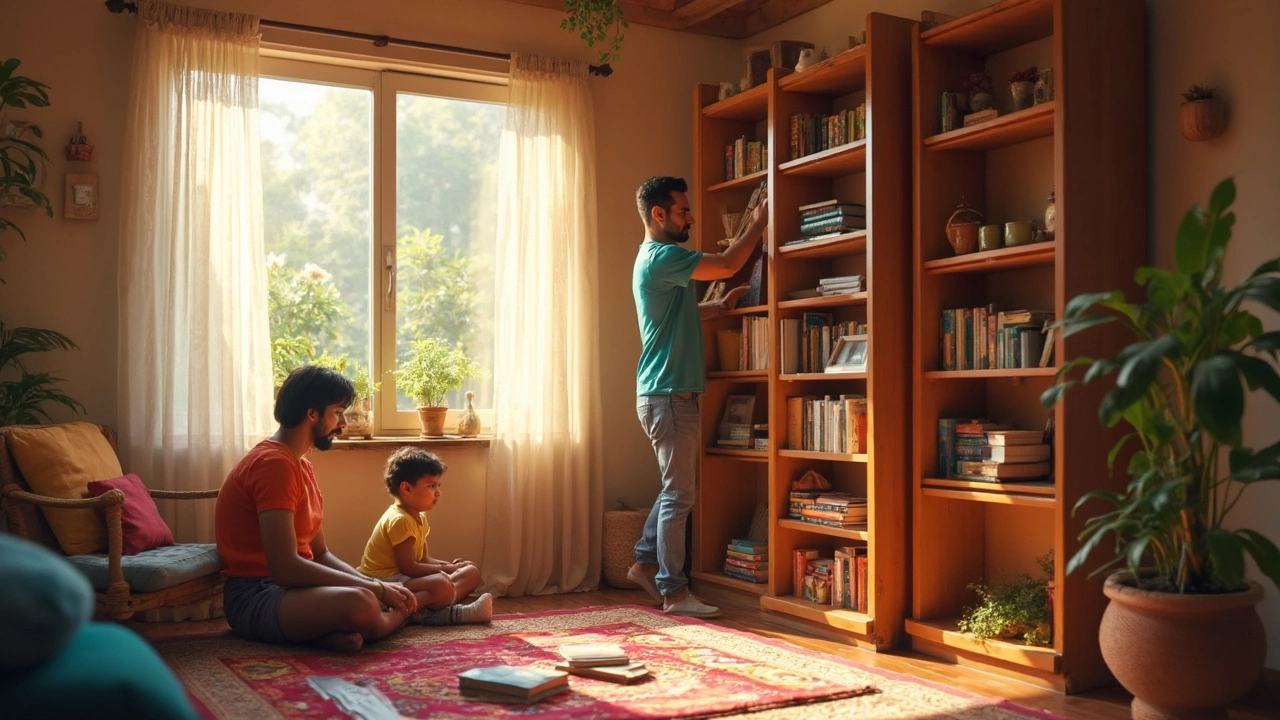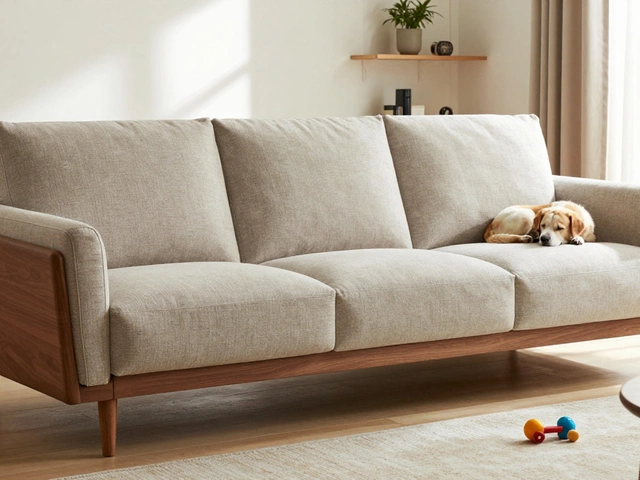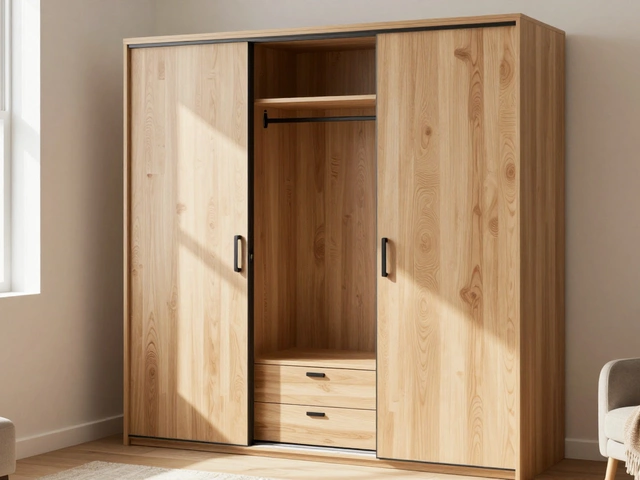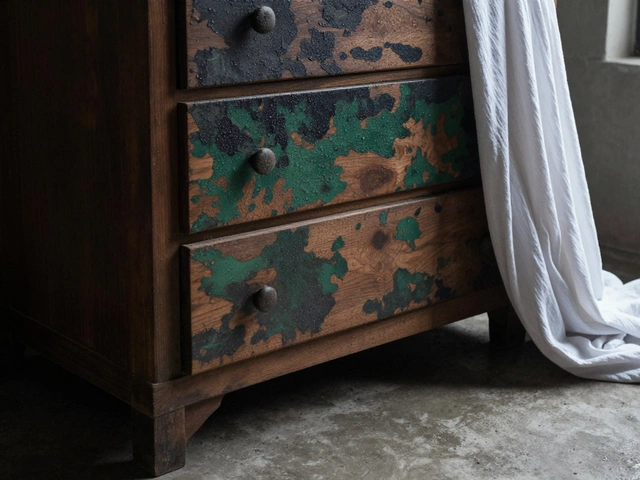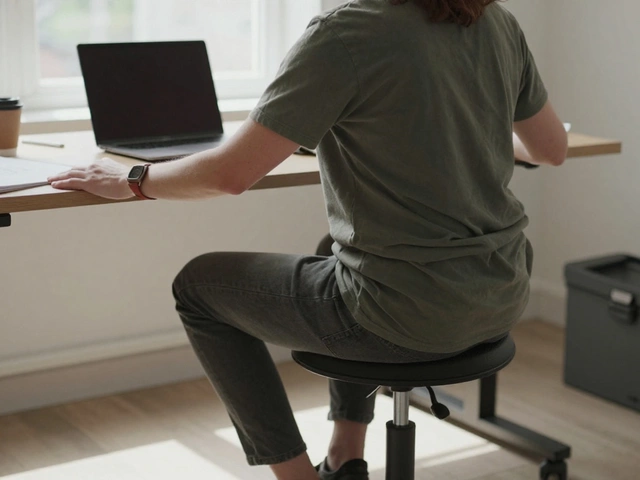Bookcase Stabilization: Simple Fixes to Keep Your Shelves Steady
Ever pulled a book out and felt the whole unit shake? That wobble isn’t just annoying – it can turn into a safety hazard. The good news is you don’t need a carpenter to fix it. A few everyday tools and a bit of patience are enough to make your bookcase rock solid.
Why Bookcases Lose Stability
Most wobbling starts with uneven flooring. Even a small slope makes a tall piece of furniture lean. Another common culprit is overloaded shelves. When you pack too many heavy books on one side, the frame bends and the whole unit tips. Finally, loose joints or missing screws let parts shift over time.
Step‑by‑Step Stabilization Methods
1. Check the floor. Grab a level or a simple bubble level app on your phone. Place it on the top of the bookcase. If the bubble isn’t centered, you know the floor is uneven. Use shims – thin pieces of wood or plastic – under the low corners until the level reads flat.
2. Tighten every screw. Flip the bookcase over and look for any visible screws or bolts. Use a screwdriver or a drill to tighten them snugly. If a screw is missing, replace it with a matching size. This alone can stop a lot of wobble.
3. Add rear support. Most bookcases have a back panel that’s just nailed in. If it’s loose, the whole frame flexes. Add a few extra nails or small L‑brackets to secure the back panel to the side panels.
4. Distribute weight evenly. When arranging books, keep heavier items on the bottom shelves and spread them across both sides. Light items can go up top. This balances the pull on the frame and reduces stress.
5. Use anti‑tip brackets. For tall or narrow units, install metal brackets that attach the top of the bookcase to the wall. These are cheap, easy to screw in, and they stop the whole thing from tipping over if someone leans on it.
6. Add a baseboard or rubber pad. If your floor is hardwood, a thin rubber pad under each leg can absorb small movements and protect the floor. For carpet, a small piece of plywood can level the unit without digging into the carpet.
After you’ve done these steps, give the bookcase a gentle push. It should feel solid, not wobbly. If there’s still a little movement, double‑check that all shims are the same thickness and that the level reads true.
These fixes work for most wooden or metal bookcases. If you have a glass or acrylic unit, the same principles apply – just use non‑metal shims and avoid overtightening to prevent cracks.
Keeping your bookcase stable not only protects your books but also prevents accidental damage to walls or floors. It’s a small project that pays off every time you reach for a favorite novel.
Got a specific problem that isn’t covered here? Drop a comment below or check out our other guides on furniture care – we’ve got tips for coffee tables, sofas, and even TV stands.
How to Stabilize a Freestanding Bookcase Fast
Tipping bookcases can be a real danger in homes, especially with kids or pets around. This guide breaks down the smart and practical steps to keep any freestanding bookcase sturdy and wobble-free. Learn about the best anchoring tricks, simple fixes, and common mistakes people make when stabilizing their bookshelves. These actionable tips will help make your book collection safer and your space look tidier. Don't risk a book avalanche—find out how to stabilize your shelves right away.
